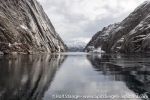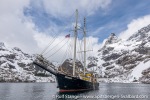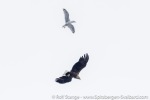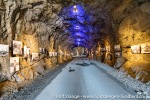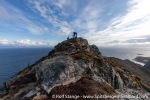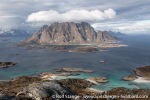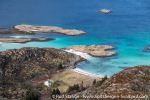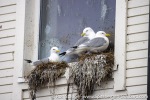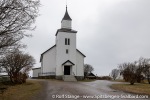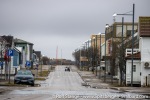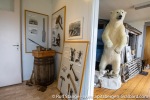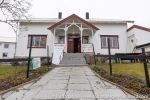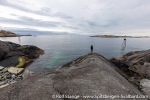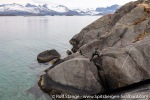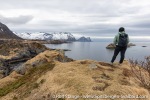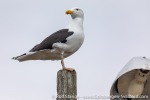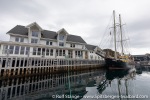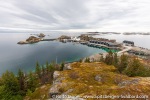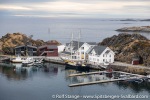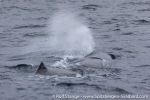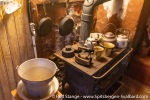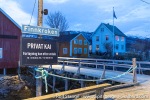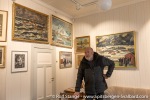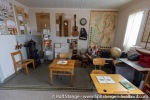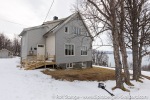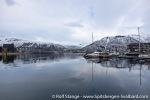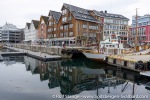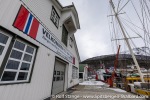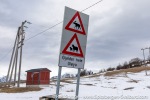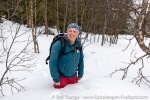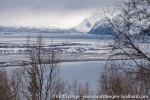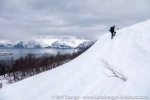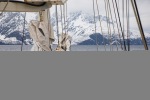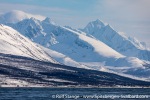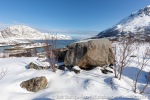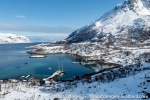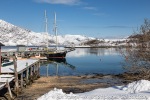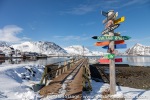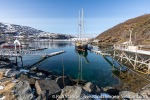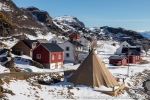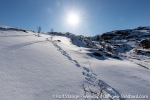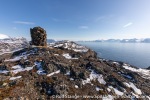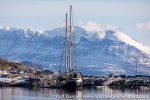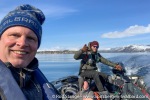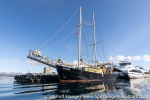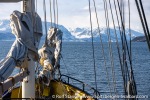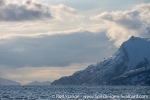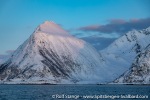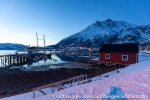-
current
recommendations- Liefdefjord
New page dedicated to one of Spitsbergen's most beautiful fjords. Background information and many photos.
- New Spitsbergen guidebook
The new edition of my Spitsbergen guidebook is out and available now!
- Liefdefjord
New page dedicated to one of Spitsbergen's most beautiful fjords. Background information and many photos.
Seitenstruktur
-
Spitsbergen-News
- Select Month
- April 2024
- March 2024
- February 2024
- January 2024
- December 2023
- November 2023
- October 2023
- September 2023
- August 2023
- July 2023
- June 2023
- May 2023
- April 2023
- March 2023
- February 2023
- January 2023
- December 2022
- November 2022
- October 2022
- September 2022
- August 2022
- July 2022
- June 2022
- May 2022
- April 2022
- March 2022
- February 2022
- January 2022
- December 2021
- November 2021
- October 2021
- September 2021
- August 2021
- July 2021
- June 2021
- May 2021
- April 2021
- March 2021
- February 2021
- January 2021
- December 2020
- November 2020
- October 2020
- September 2020
- August 2020
- July 2020
- June 2020
- May 2020
- April 2020
- March 2020
- February 2020
- January 2020
- December 2019
- November 2019
- October 2019
- September 2019
- August 2019
- July 2019
- June 2019
- May 2019
- April 2019
- March 2019
- February 2019
- January 2019
- December 2018
- November 2018
- October 2018
- September 2018
- August 2018
- July 2018
- June 2018
- May 2018
- April 2018
- March 2018
- February 2018
- January 2018
- December 2017
- November 2017
- October 2017
- September 2017
- August 2017
- July 2017
- June 2017
- May 2017
- April 2017
- March 2017
- February 2017
- January 2017
- December 2016
- November 2016
- October 2016
- September 2016
- August 2016
- July 2016
- June 2016
- May 2016
- April 2016
- March 2016
- February 2016
- January 2016
- December 2015
- November 2015
- October 2015
- September 2015
- August 2015
- July 2015
- June 2015
- May 2015
- April 2015
- March 2015
- February 2015
- January 2015
- December 2014
- November 2014
- October 2014
- September 2014
- August 2014
- July 2014
- June 2014
- May 2014
- April 2014
- March 2014
- February 2014
- January 2014
- December 2013
- November 2013
- October 2013
- September 2013
- August 2013
- July 2013
- June 2013
- May 2013
- April 2013
- March 2013
- February 2013
- January 2013
- December 2012
- November 2012
- October 2012
- September 2012
- August 2012
- July 2012
- June 2012
- May 2012
- April 2012
- March 2012
- February 2012
- January 2012
- December 2011
- November 2011
- October 2011
- September 2011
- August 2011
- May 2011
- April 2011
- March 2011
- February 2011
- January 2011
- December 2010
- November 2010
- September 2010
- August 2010
- July 2010
- June 2010
- May 2010
- April 2010
- March 2010
- February 2010
- November 2009
- October 2009
- August 2009
- July 2009
- June 2009
- May 2009
- April 2009
- March 2009
- February 2009
- January 2009
- December 2008
- November 2008
- October 2008
- August 2008
- July 2008
- June 2008
- May 2008
- April 2008
- March 2008
- February 2008
- April 2000
- Select Month
-
weather information

| THE Spitsbergen guidebook |
Home → April, 2023
Monthly Archives: April 2023 − News & Stories
From Trollfjord to Skrova
Sun
30 Apr
2023
Classic northern Lofoten – coming through the beautiful Raftsund, Trollfjord was today’s first destination. Of course, it is one of Lofoten’s number one tourist traps these days. But still, it is a magical piece of landscape!
Later, we went south into Vestfjord – not entirely free of wind and waves – and to the lovely little island and harbour of Skrova. The mountain Skrovafjellet (Høgskrova) has one of the best views you can imagine, a 360 degree panorama of mountains, islands and sea.
- gallery anchor link: #gallery_2676
Click on thumbnail to open an enlarged version of the specific photo.
Andenes
Sat
29 Apr
2023
Andenes – the metropolis of the Vesterålen islands. Pulsating life on the edge of the ocean.
Well, almost. A walk through Andenes on a rainy Saturday morning may not be the greatest adrenalin kick of your life. It is a calm place, on a day like this.
But of course, there are things to see and to do. Finally, I made it into the lovely little Polarmuseum, with relics of Spitsbergen legends such as Hilmar Nøis. Great!
Also the rest of the day remained grey and wet, so we decided to make some miles and get south towards Lofoten.
- gallery anchor link: #gallery_2673
Click on thumbnail to open an enlarged version of the specific photo.
From Hamn i Senja to Andenes
Usually we prefer the passage on the inside of the island of Senja because the weather and sea conditions outside tend to be pretty rough. But on a good day like this, the outer passage allows one to visit lovely little harbours such as Hamn i Senja, located on a couple of skerries just off the coast of Senja.
Later, again there was no wind to put up the sails, but the good thing was that this mean flat seas, so we went out to the edge of the continental shelf near Andenes, the famous sperm whale place. And we were lucky!
- gallery anchor link: #gallery_2670
Click on thumbnail to open an enlarged version of the specific photo.
Finnkroken and Tromsø
Thu
27 Apr
2023
Finnkroken has been an important place for trade and traffic for thousands of years. Today, it is taken care of with love by enthusiasts for local history, and a visit there feels a little bit like a trip in a time capsule. Jo Martin and his people are amazing, they tell their stories with so much enthusiasm.
Later, we visited the modern centre of the whole area: Tromsø. In all its urban splendour.
- gallery anchor link: #gallery_2667
Click on thumbnail to open an enlarged version of the specific photo.
Hamnes and Ullsfjorden
Thu
27 Apr
2023
Last night we arrived at Hamnes on the island of Utøya and went alongside there for the night and this morning. Hamnes is an old trading place, still used as such, with parts being nicely refurbished as kind of a museum. Additionally, the island has beautiful hiking opportunities. Because of the snow, this is not necessarily the best time of year for hiking, but still, it is great to be out there, work a bit in the snow and enjoy stunning views. The colours have shifted from yesterday’s bright sunny blue to all possible and impossible shades of grey, which is by no means less attractive or impressive.
We spent the afternoon rounding the impressive Lyngen Alps. Later we set sails, but the sportive aspect disappeared a bit in the background because of a sudden lack of wind … but at the same time, the sun came out again and we enjoyed life on deck 🙂
- gallery anchor link: #gallery_2664
Click on thumbnail to open an enlarged version of the specific photo.
Bergsfjord and Seglvika
Tue
25 Apr
2023
The little harbour of Bergsfjord is beautifully located with snow-covered mountains everywhere around. Very impressive and very scenic, especially on a day like this – still, the weather couldn’t be better, the snow is glittering in bright sunlight.
After a few hours sailing we reached Seglvika on the east side of Kvænangen. An energetic fraction of the group climbed up over snow-covered rocky hills to reach a little mountain top, which yielded a really stunning view over the sea and mountains, all in glorious sunshine.
- gallery anchor link: #gallery_2661
Click on thumbnail to open an enlarged version of the specific photo.
Travel blog: from Alta to Bodø with SV Meander
Tue
25 Apr
2023
From Alta to Bodø is the route for the whole trip. The first day took us from Alta to Bergsfjord, a small place in Finnmark, north Norway.
You can hardly imagine more beautiful weather than today as we started with SV Meander in Alta in north Norway. Sun and complete absence of wind made being outside a very enjoyable, almost summer-like experience, in spite of snow and temperatures close to zero. We enjoyed stunning winter landscape with snow-covered mountains all around us as we cruised out of Altafjord until we arrived at a small harbour in Bergsfjord.
- gallery anchor link: #gallery_2658
Click on thumbnail to open an enlarged version of the specific photo.
Guidebook “Spitsbergen-Svalbard”: ebook-version available!
The guidebook “Spitsbergen-Svalbard” is now for the first time available in an ebook-format!
Through five updated editions, the guidebook has evolved into what many professional colleagues refer to as the “Spitsbergen-bible”. But so much information on 608 pages does have some weight, which is obviously not always great when you are travelling.

The guidebook Spitsbergen-Svalbard is now digitally available on Apple Books.
No problem, because now there is an ebook version available. To start with the bad news: it is currently only available on Apple Books. This is not what I want, but there are technical reasons for this.
Here is the link to the English version of the guidebook “Spitsbergen-Svalbard” in Apple Books. You can also find the German version of the book on Apple Books.

The eBook-version of the Spitsbergen-guidebook is as richly illustrated as the print edition.
The contents of the ebook and the printed edition are identical. The printed version is and remains available, of course.
Climate change: warming of northern Barents Sea 5-7 times above global average
According to a recent scientific study, global warming in the northern Barents Sea is 5-7 times faster than the global average. Even compared to the average development in the whole Arctic, which is a hotspot within global warming, the climatic development of the northern Barents Sea area is 2-2.5 times faster.

Heavy rain and thawing temperatures over days in Longyearbyen, mid March 2022, in the middle of what should be the coldest part of the winter. Generally speaking, weather and climate should not be confused, but an increasing frequency and intensity of such events signifies a climatic trend.
These and other figures are communicated by the Fram Forum in a posting based on a scientific article by Ketil Isaksen (Norwegian Meteorological Institute) and Co-authors in the scientific magazine Nature.

Ice chart of the northern Barents Sea / Svalbard area from 12th April 2023
(© Norwegian Meteorological Institute).
Loss of sea is is identified by Isaksen and co-authors as the main driving mechanism behind this dramatic regional trend. If present, sea ice effectively minimizes heat transfer between sea and atmosphere. Lacking sea ice in an area previously covered by ice most of the year or even year round, however, enable warm (relatively warm, that is) sea water to release heat to the atmosphere.
Especially in northeastern Svalbard, sea ice was present almost year round most of the time until the recent past. The loss of sea ice in this particular area explains the especially pronounced warming in that part of the Arctic.
It was Frost
What many had assumed is now officially confirmed: the female polar bear that drowned last Friday in Sassenfjord was the famous polar bear “Frost”.
“Frost” was Spitsbergen’s most famous polar bear. Amongst others, she played the star role in “Queen without land” by the Norwegian photographer Asgeir Helgestad. Or, to be more precise: she did not play the star role. She was the star.
In other documentaries she was called “Misha”. She graced the covers of several ones of my own books. Over the years, I had the privilege to observe Frost a couple of times.

The polar bear Frost with her family,
in better times in Tempelfjord.
Last Friday’s events at Vindodden in Sassenfjord will now be investigated by appropriate authorities, mainly Sysselmesteren. As of now, there is no indication of criminal behaviour, as Svalbardposten reports.
It is said that Frost was marked by scientists (Norwegian Polar Institute) during the days before her dead. Marking polar bears always involves general aenesthesia dispensed with a rifle shot from a helicopter. A potential connection of the aenesthesia and Frost’s death will be part of the investigation.
Frost had a cub with her that attacked the action forces as they retrieved her body from the sea. The cub was shot. Also this part of the incident will be investigated.
During her long life, Frost and her offspring had frequent contact with people and infrastructure, some of which was harmful or even tragic. This ranges from many damaged huts to the death of Johan (“Job”) Kootte in August 2020, which was caused by one of Frost’s cubs. Several of her cubs lost their lives during these and other incidents.
Two polar bears dead in Sassenfjord
Two polar bears died on Good Friday in the early morning at Vindodden in Sassenfjord. A female bear drowned and her cub was later shot.
During the night – which is not dark anymore, the midnight sun is not far away – the little bear family was seen by people near Vindodden. Vindodden is a small peninsula in Sassenfjord with a couple of huts owned and used by locals from Longyearbyen, and during spring weekends, especially the Easter weekend, it is very popular to stay in a hut.

Vindodden in Sassenfjord: two polar bears died here in the early morning on Good Friday.
The polar bears approached the huts, where people tried to scare them away with warning shots fired from signal pistols. This worked, and the polar bears moved away, swimming in the fjord.
So far, so completely normal. Polar bears are excellent swimmers and can easily cover long distances in the water.
But in this particular case, the incident soon had a tragic outcome. The female bear was soon seen dead in the water, head down, with the cub swimming around her. The Sysselmester (police) was alarmed and came by helicopter. The dead female was retrieved from the water. The cub approached, the personell tried to scare the cub away, but this time, it did not work and the cub was subsequently shot.
The case will now be investigated in details, including hearing of witnesses and postmortem examination of the bear.
Further details are not yet released.
New energy supply for Longyearbyen: decision made
For years already, there has been a discussion about a new energy supply for Longyearbyen. The old coal power plant should have been replaced years ago, preferably with a more environmentally friendly and reliable energy source. A wide range of possible solutions has been discussed over the years.
Finally, a decision is now been made. The result may surprise at a first glance, but second thoughts will reveal great wisdom, considering the solution that has, in its essence, been used by indigenous cultures for ages around the globe, something that will suit the little arctic settlement in Spitsbergen well.
The new power supply will be based on biomass. The highlight of the new system is that it will be based on a local energy source, namely reindeer droppings, just as camel muck that has been used by nomadic people in hot deserts for generations.

Longyearbyen will get a power plant based on biomass, fired with reindeer droppings.
The decision is based on considerations and calculations that were made possible by the local reindeer population census of 2019, which yielded a total number of more than 22,000 animals. The reindeer don’t do anything else than turning tundra vegetation into precious fuel – and they produce more than enough to guarantee a sufficient supply of energy. Additionally, the droppings dry quickly in the arid high-arctic climate.
Technology to automatically collect the droppings on the tundra is currently being developed, based on automatic vacuum cleaners.
News-Listing live generated at 2024/April/25 at 09:07:04 Uhr (GMT+1)


